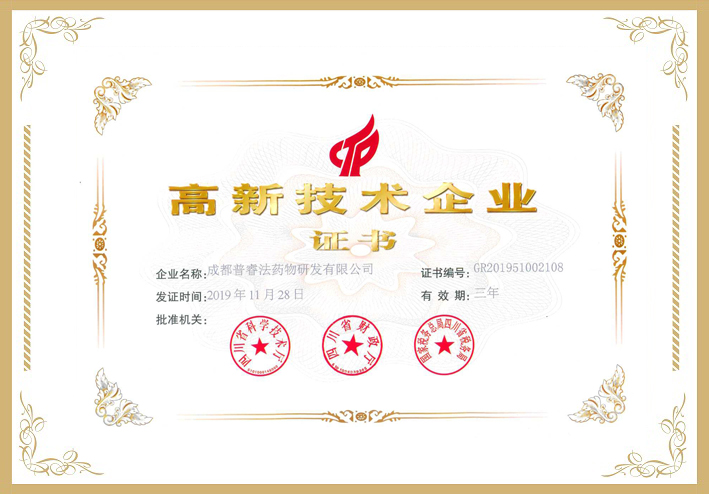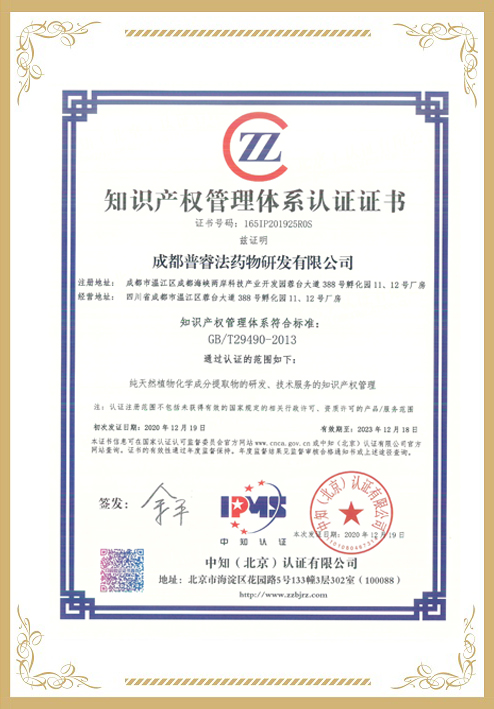Background
Traditionally, Melicope pteleifolia has been used for heat clearing and detoxifying, traumatic injuries, bruise, and snake or insect bite. Up to now, its effect on sepsis remains unknown.
Methods
Minimum inhibitory concentration (MIC) and dynamic antibacterial curve, and bacteria-induced sepsis mouse models were used to assess the anti-bacterial effect of Melicope pteleifolia ethanol extract (MPE) in vitro and in vivo. Lipopolysaccharide (LPS)-stimulated RAW264.7 cells and cecum ligation and puncture (CLP)-induced sepsis mouse model were used to assess the anti-inflammatory effect of MPE in vitro and in vivo.
Results
MPE treatment significantly inhibited the growth of some pathogenic bacteria and increased survival rates of the sepsis mice challenged with the bacteria. In addition, MPE markedly reduced increased supernatant TNF-α and IL-6 levels. Further, it remarkably downregulated protein expressions of TLR4, MyD88, and NF-κB in the LPS-treated cells. Similarly, MPE significantly increased the survival rate, reduced the serum TNF-α and IL-6 levels of the CLP-induced sepsis mice. Importantly, it attenuated the CLP-induced pathological injuries of small intestines. Moreover, the anti-inflammatory effects of MPE in vitro and in vivo were not significantly abolished in presence of TAK-242 or JSH-23. In addition, MPE changed composition of intestinal flora at phylum and genus levels. Further, MPE affect some metabolism pathways such as carbohydrate, lipid metabolism, other amino acids metabolism, drug resistance, and others. Kaempferol (KAF), quercetin (QC), and N-p-coumaroyl-tyramine (NPC) were characteristic components possessing moderate binding to pathogenic associated molecular patterns (PAMPs) kdo2-Lipid A ammonium (KLA) and ODN 1826.
Conclusion
In summary, MPE exerts anti-bacterial and anti-inflammatory effects, and its anti-inflammatory activity is independent of the TLR4/MyD88/NF-κB pathway.























